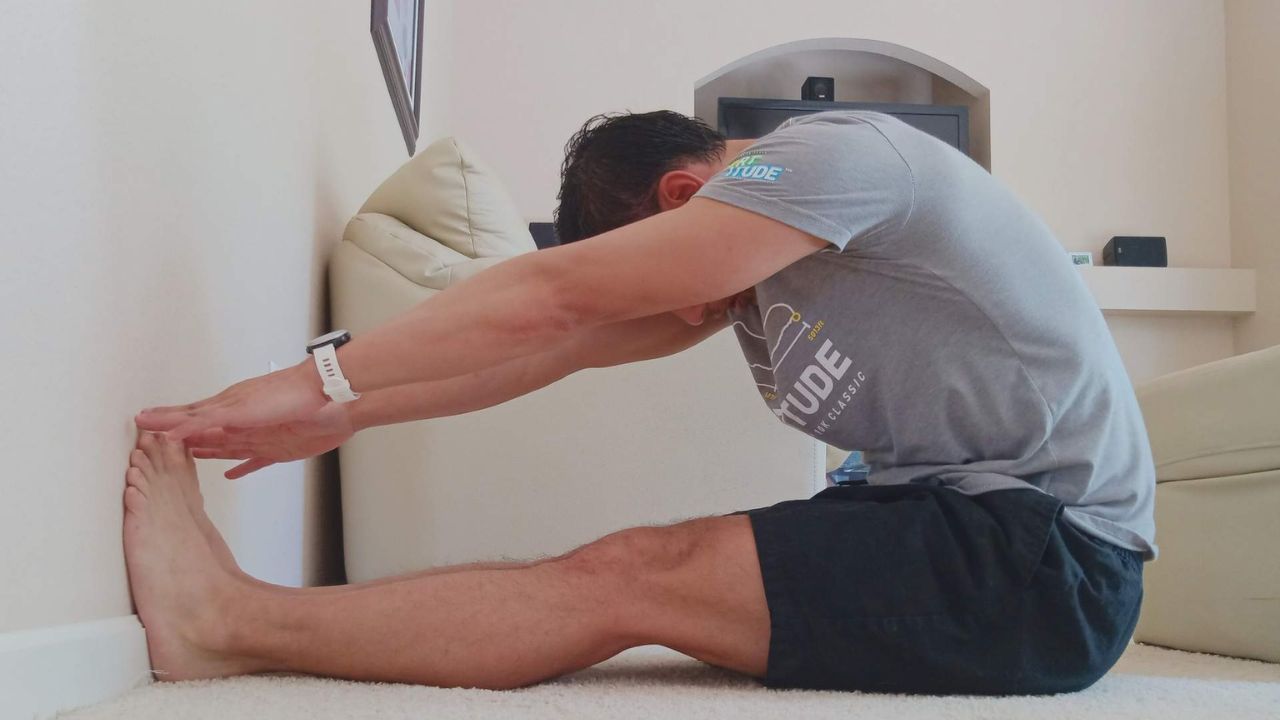
In the pursuit of elite athletic performance, advanced mobility training plays a pivotal role.
This article presents a comprehensive guide to the top 10 resources for enhancing mobility, providing athletes with the knowledge and tools necessary to unlock their full potential.
From dynamic warm-up exercises to cutting-edge equipment and advanced techniques, this research-driven piece offers valuable insights into injury prevention, rehabilitation, and improving speed, agility, and flexibility.
Elevate your training regimen and take your performance to new heights with these elite mobility training strategies.
The Importance of Mobility Training for Elite Athletes
In the realm of elite athletic performance, the significance of mobility training for top athletes cannot be overstated. Mobility training refers to exercises and techniques that improve the range of motion, flexibility, and joint stability of athletes. It plays a crucial role in enhancing performance, reducing the risk of injuries, and promoting overall health and well-being.
The importance of mobility training lies in its ability to optimize athletic performance. By improving flexibility and range of motion, athletes can achieve greater efficiency and effectiveness in their movements. This translates to improved speed, agility, and power, giving athletes a competitive edge on the field or court.
Furthermore, mobility training helps prevent injuries by reducing muscle imbalances, improving joint stability, and enhancing body awareness. Athletes who undergo regular mobility training are less prone to strains, sprains, and other musculoskeletal injuries that can hinder performance and sideline them from competition.
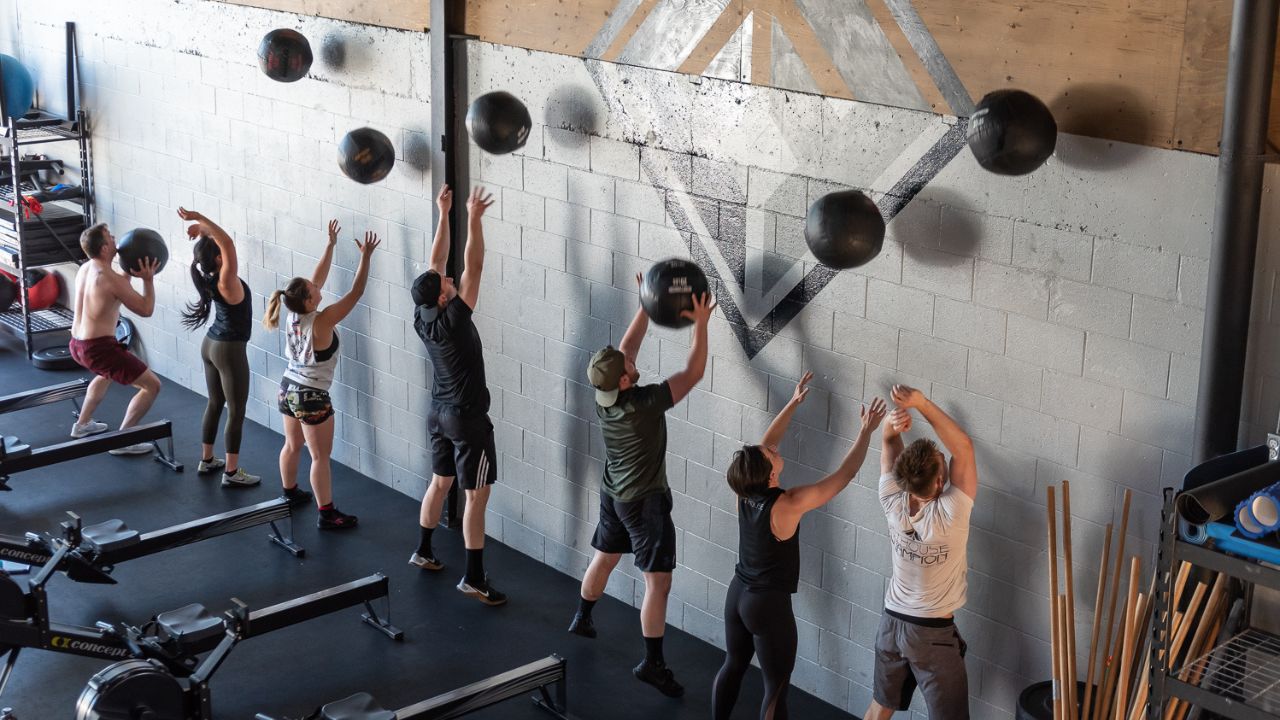
The benefits of mobility training extend beyond the athletic arena. It promotes better posture, joint health, and overall body function. It also aids in recovery and rehabilitation from injuries, allowing athletes to bounce back faster and stronger.
Dynamic Warm-up Exercises for Enhanced Mobility
As athletes strive to enhance their mobility, incorporating dynamic warm-up exercises into their routine can significantly improve flexibility and range of motion. Dynamic warm-up exercises involve active movements that mimic the actions performed during a workout or sport, helping to prepare the body for optimal performance. These exercises not only increase blood flow and elevate body temperature, but they also activate the muscles and joints, improving joint mobility and reducing the risk of injury.
Here are some key dynamic warm-up exercises that athletes can incorporate into their training regimen:
Leg swings: These exercises help to loosen the hip joint and improve flexibility in the legs.
Arm circles: This exercise targets the shoulder joint, enhancing mobility and range of motion in the upper body.
High knees: This dynamic exercise engages the hip and knee joints, promoting flexibility and coordination.
Lunge with a twist: Combining a lunge with a rotation helps to improve mobility in the hips, spine, and shoulders.
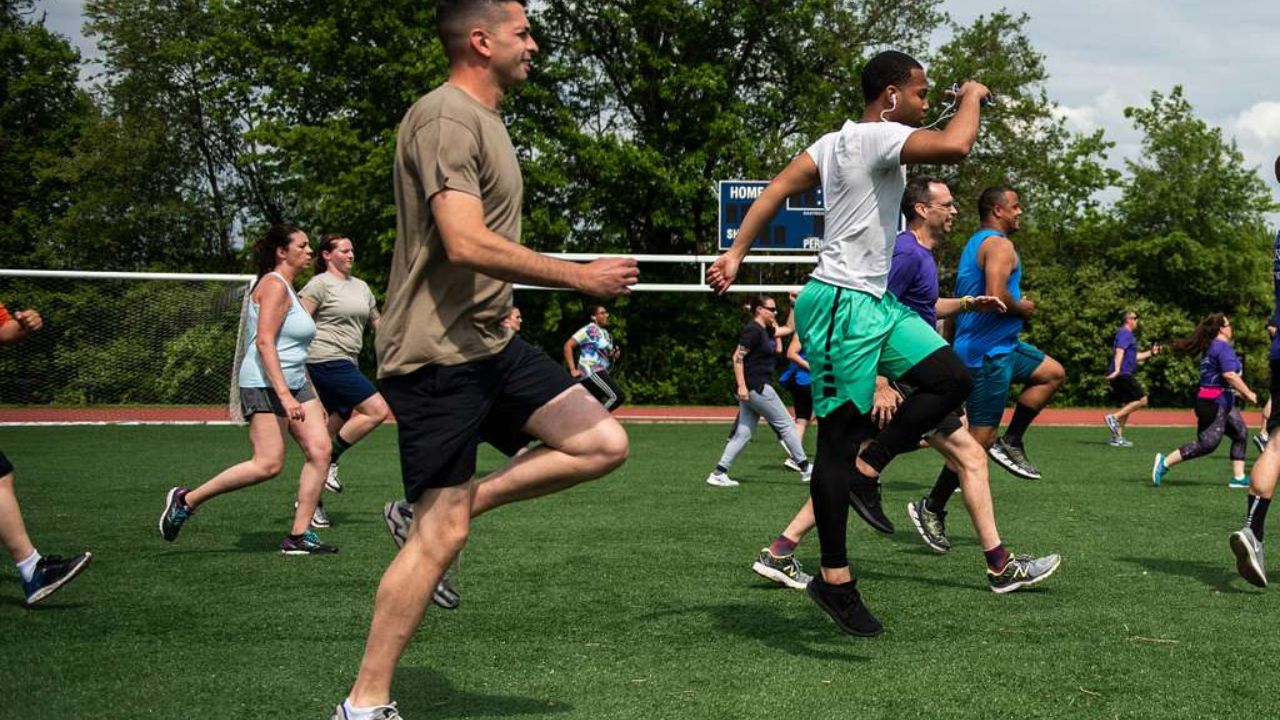
Cutting-edge tools and equipment play a crucial role in enhancing mobility training and maximizing athletic performance.
From foam rollers and massage balls to resistance bands and mobility sticks, these must-have tools provide targeted and effective ways to improve flexibility, mobility, and range of motion.
Additionally, innovative equipment such as vibration platforms and compression boots offer advanced techniques to optimize recovery and prevent injuries.
The must-have mobility tools for advanced mobility training include a foam roller, resistance bands, and a lacrosse ball. These tools are essential for athletes and fitness enthusiasts looking to improve their flexibility, range of motion, and overall mobility.
Here are four reasons why these tools are crucial for effective mobility exercises:
Foam Roller: Helps release muscle tension and increase blood flow, improving mobility and reducing muscle soreness.
Resistance Bands: Provide resistance during exercises, helping to strengthen and stretch muscles, enhancing flexibility and mobility.
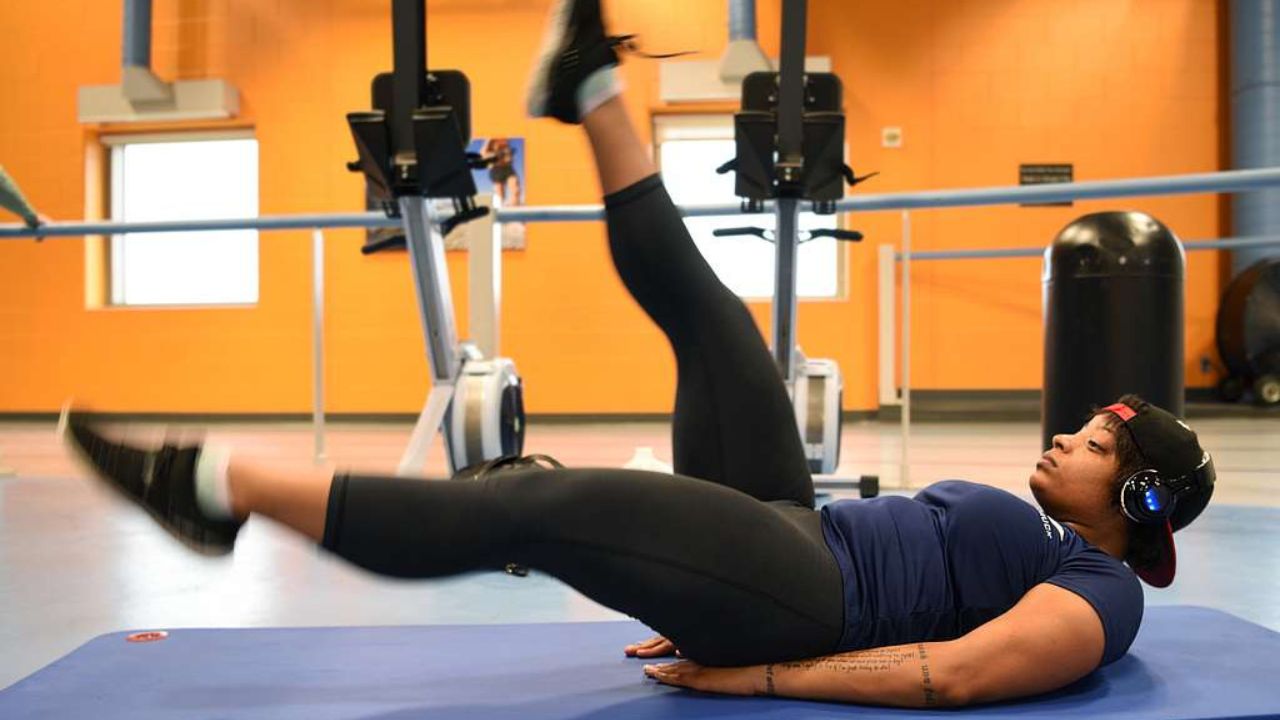
Lacrosse Ball: Used for targeted self-myofascial release, the ball helps to relieve muscle knots and tightness, improving mobility and preventing injuries.
Mobility Stick: Allows for deep tissue massage, targeting specific muscle groups and promoting flexibility and mobility.
Incorporating these must-have mobility tools into your training routine will not only enhance your performance but also help you maintain a healthy and mobile body that is free from restrictions.
Innovative Equipment for Mobility
Innovative equipment for mobility training has revolutionized the way athletes and fitness enthusiasts improve their flexibility and range of motion, significantly enhancing their overall performance. Gone are the days of static stretching and basic exercises. With the advent of advanced techniques and cutting-edge tools, athletes now have access to a wide range of equipment designed specifically for mobility training.
One example of innovative equipment is the foam roller, which has become a staple in many athletes' training routines. Foam rolling helps to release muscle tension and increase blood flow, leading to improved flexibility and better performance.
Another example is the resistance band, which allows for targeted stretching and strengthening of specific muscle groups.
Other innovative equipment includes vibration platforms, mobility balls, and balance boards, all of which provide unique benefits for mobility training. These tools not only enhance flexibility and range of motion but also help to improve stability, proprioception, and overall body control.
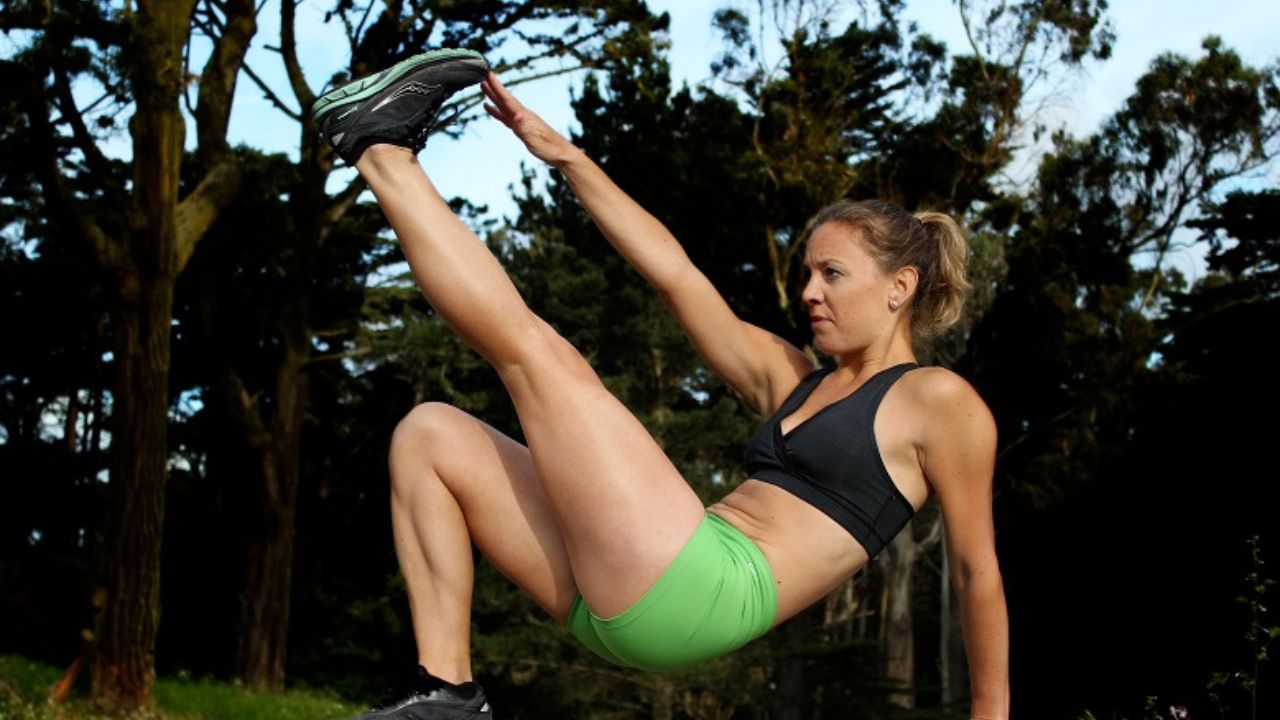
As athletes and fitness enthusiasts continue to push the boundaries of their performance, the use of innovative equipment and advanced techniques for mobility training will undoubtedly play a crucial role in achieving their goals.
Advanced Techniques for Improving Joint Mobility
Utilizing progressive methods, athletes can enhance their joint mobility through the application of targeted exercises and strategic stretching techniques. Advanced mobility exercises and joint mobility progressions are essential for athletes looking to improve their overall performance and reduce the risk of injuries.
Here are four key strategies to enhance joint mobility:
Dynamic stretching: Incorporating dynamic movements that mimic the specific sport or activity can help improve joint range of motion and prepare the body for movement.
Foam rolling: Using a foam roller can help release tension in the muscles and fascia, promoting better joint mobility.
Joint mobilization techniques: Implementing specific movements and manipulation of the joints can help increase joint mobility and decrease stiffness.
Proprioceptive training: Engaging in exercises that challenge balance and coordination can improve joint stability and overall mobility.
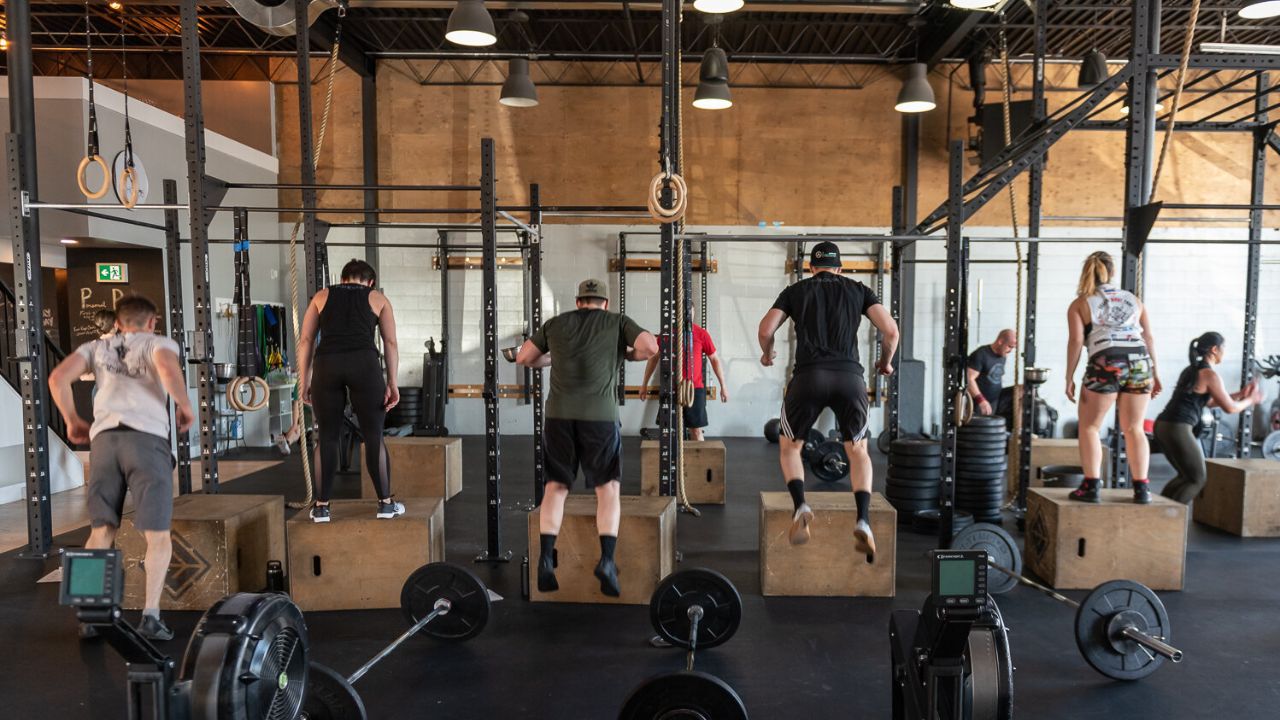
Mobility Training for Injury Prevention and Rehabilitation
Athletes can achieve optimal injury prevention and rehabilitation outcomes by incorporating targeted mobility training exercises and strategic stretching techniques into their training regimen.
Injury prevention techniques play a vital role in maintaining an athlete's physical well-being and performance. By focusing on mobility training, athletes can improve joint stability, enhance flexibility, and reduce the risk of injuries. Research has shown that incorporating exercises such as dynamic stretching, foam rolling, and proprioceptive training can significantly improve an athlete's ability to prevent injuries.
Additionally, post-injury rehabilitation is crucial for athletes to regain their strength, mobility, and function. Integrating targeted mobility exercises into the rehabilitation process can facilitate faster recovery and minimize the risk of reinjury.
Integrating Mobility Training Into Your Existing Workout Routine
Integrating mobility training into your existing workout routine can bring numerous benefits to your overall fitness and performance.
By incorporating specific mobility exercises, you can improve your range of motion, enhance flexibility, and prevent injuries.
It is crucial to focus on proper technique and form during these exercises to maximize their effectiveness and minimize the risk of injury.
Benefits of Mobility Training
While many individuals may overlook the benefits of mobility training, incorporating this essential component into your existing workout routine can significantly enhance overall athletic performance. Mobility training focuses on improving joint range of motion, flexibility, and stability, which are crucial for optimal movement patterns and injury prevention.
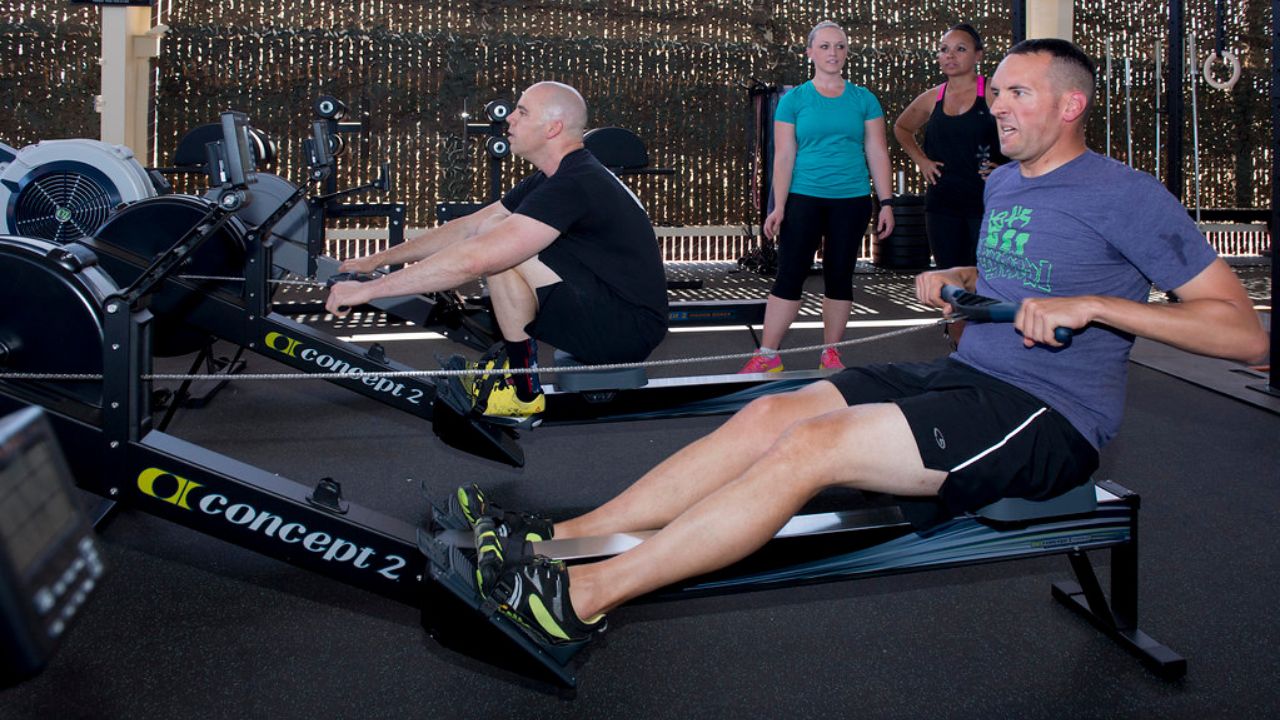
Here are some key benefits of incorporating mobility training into your fitness routine:
Enhanced athletic performance: Improved mobility allows for better movement efficiency, power generation, and agility on the field or in the gym.
Reduced risk of injury: Increased joint mobility and flexibility help to prevent muscle strains, sprains, and other common injuries.
Improved posture and alignment: Mobility training can correct postural imbalances, reducing the risk of chronic pain and improving overall body alignment.
Better recovery and muscle relaxation: Incorporating mobility techniques such as foam rolling and stretching can help alleviate muscle soreness and improve recovery time.
To maximize the benefits of mobility training, it is essential to focus on proper technique and form during your workout routine. Proper technique ensures that you are targeting the intended muscles and joints while minimizing the risk of injury. By maintaining good form, you can improve joint mobility and flexibility, allowing for a wider range of motion and better overall performance.
It is crucial to start with proper alignment and posture, engaging the core and maintaining stability throughout the movement. Additionally, paying attention to breathing techniques can enhance the effectiveness of mobility exercises. Keeping the body relaxed and using controlled movements will help prevent strain or overexertion.
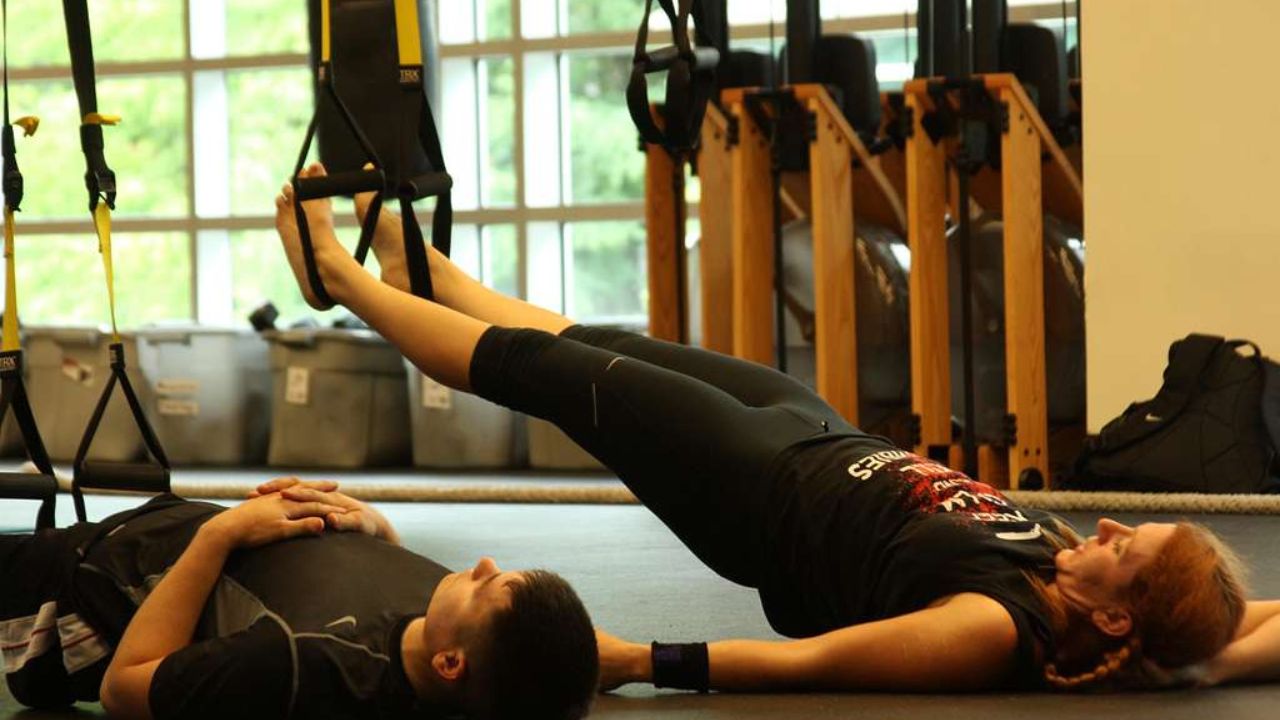
Incorporating a warm-up routine and gradually increasing the intensity of your exercises will also aid in injury prevention. So, remember, when it comes to mobility training, technique and form are paramount for unlocking your body's full potential.
Integrating Mobility Exercises
One effective way to enhance your existing workout routine is by incorporating mobility exercises, as they provide a wide range of benefits for overall athletic performance.
Advanced mobility exercises can target specific muscle groups and joints, improving flexibility and range of motion. These exercises can also help prevent injuries by strengthening the muscles and tendons surrounding the joints.
Additionally, mobility training benefits include improved posture, increased stability, and enhanced body control. By incorporating mobility exercises into your routine, you can improve your performance in various physical activities, such as weightlifting, running, and sports.
Some examples of advanced mobility exercises include deep squat stretches, hip openers, shoulder dislocates, and spinal twists. These exercises can be performed with or without equipment, making them accessible to individuals with different fitness levels and training environments.
Mobility Training for Specific Sports and Athletic Movements
In order to enhance performance and reduce the risk of injury, athletes can benefit from incorporating targeted mobility training exercises into their sport-specific training routines. Specific sport mobility and athletic movement training are essential components for athletes looking to optimize their performance.
Research has shown that incorporating specific mobility exercises can improve an athlete's range of motion, flexibility, and overall movement efficiency. By focusing on the specific movements required in their sport, athletes can develop the necessary mobility to excel in their chosen discipline.
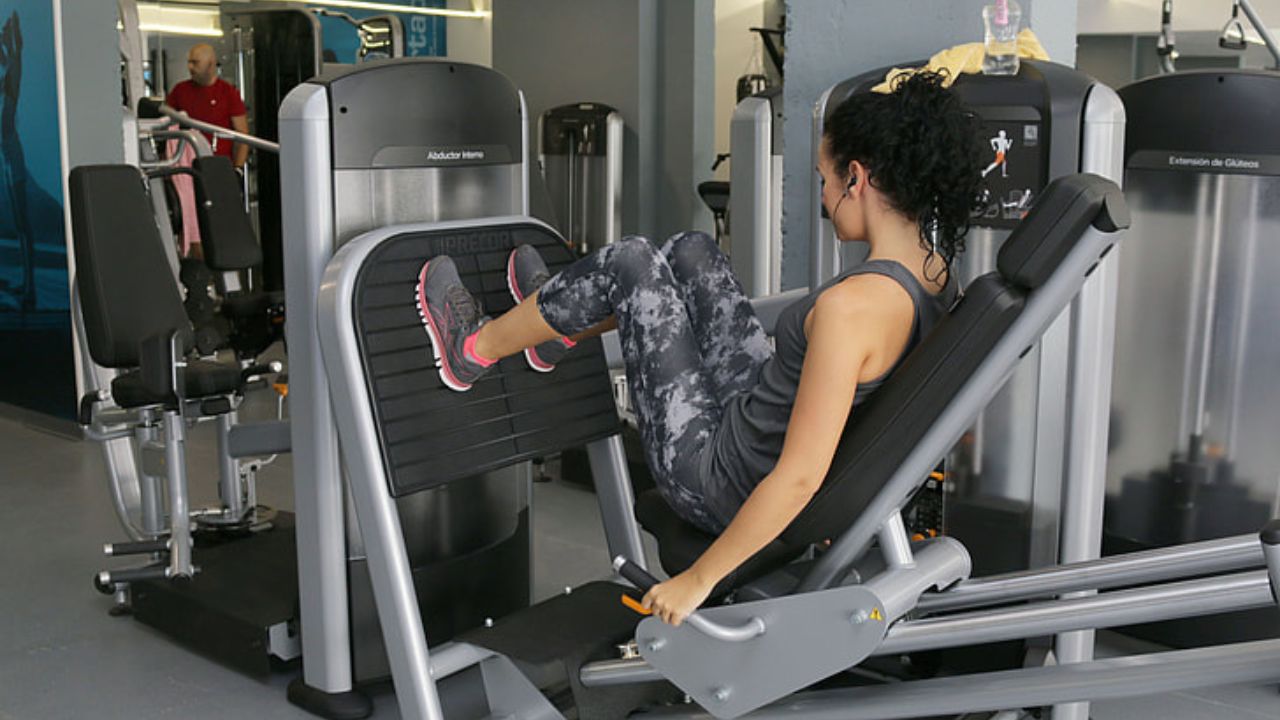
For example, a basketball player can benefit from mobility exercises that target hip mobility, ankle flexibility, and shoulder mobility to improve their ability to dribble, shoot, and defend. Similarly, a soccer player can benefit from mobility exercises that focus on hip and ankle mobility for enhanced agility and kicking power.
By incorporating these targeted mobility exercises, athletes can improve their performance and reduce the risk of injury by ensuring that their bodies are properly prepared for the demands of their sport.
Overall, integrating specific sport mobility and athletic movement training into an athlete's routine is crucial for optimizing performance and reducing the risk of injury. By focusing on the specific movements required in their sport, athletes can enhance their range of motion, flexibility, and overall movement efficiency, leading to improved performance on the field or court.
Flexibility plays a crucial role in elite performance. It allows athletes to move more efficiently, prevent injuries, and improve overall athletic abilities. Research has shown a strong correlation between flexibility and performance in various sports.
To unlock the power of flexibility, advanced mobility training techniques can be implemented. These techniques enhance range of motion, joint stability, and muscle activation.
The significant impact of enhanced flexibility on athletic performance has been extensively studied and validated by numerous scientific research studies. Flexibility plays a crucial role in injury prevention and recovery techniques for athletes. Here are a few key points to consider:
- Increased flexibility helps to improve joint range of motion, allowing athletes to move more freely and with greater efficiency.
- Flexibility exercises help to lengthen muscles and improve muscle elasticity, reducing the risk of strains and tears during training or competitions.
- Flexibility training can aid in the recovery process by promoting blood flow to the muscles, reducing muscle soreness, and speeding up the healing process.
- Regular flexibility training can improve overall performance by enhancing balance, coordination, and agility.
Advanced Mobility Training Techniques
Athletes can achieve optimal performance by incorporating advanced mobility training techniques, which harness the power of flexibility to enhance their overall athletic abilities. Advanced mobility techniques involve targeted exercises that focus on improving joint range of motion, muscle elasticity, and overall functional movement patterns. These techniques go beyond traditional static stretching and incorporate dynamic movements and proprioceptive exercises to enhance mobility and stability.

One example of an advanced mobility exercise is the Spiderman lunge with rotation. This exercise targets the hips, shoulders, and thoracic spine, improving mobility and stability in these areas. Another technique is the use of mobility tools such as foam rollers and lacrosse balls to release tight muscles and improve tissue quality.
Research has shown that incorporating advanced mobility techniques into training can lead to improved athletic performance, reduced risk of injury, and enhanced recovery. It is important for athletes to work with qualified professionals to ensure proper technique and progression of these exercises.
Mobility Training for Improved Speed and Agility
Enhancing speed and agility through targeted mobility training has become a key focus in elite athletic performance. As athletes strive to push their limits and achieve peak performance, incorporating mobility training into their routine has proven to be a game-changer.
By improving agility through mobility and increasing speed with specific training techniques, athletes can gain a competitive edge on the field or court.
Here are four key benefits of mobility training for improved speed and agility:
Enhanced range of motion: Mobility exercises help improve joint flexibility and increase the range of motion in muscles, allowing athletes to move more freely and efficiently.
Injury prevention: Targeted mobility exercises can help correct muscle imbalances and improve stability, reducing the risk of injuries during high-intensity movements.
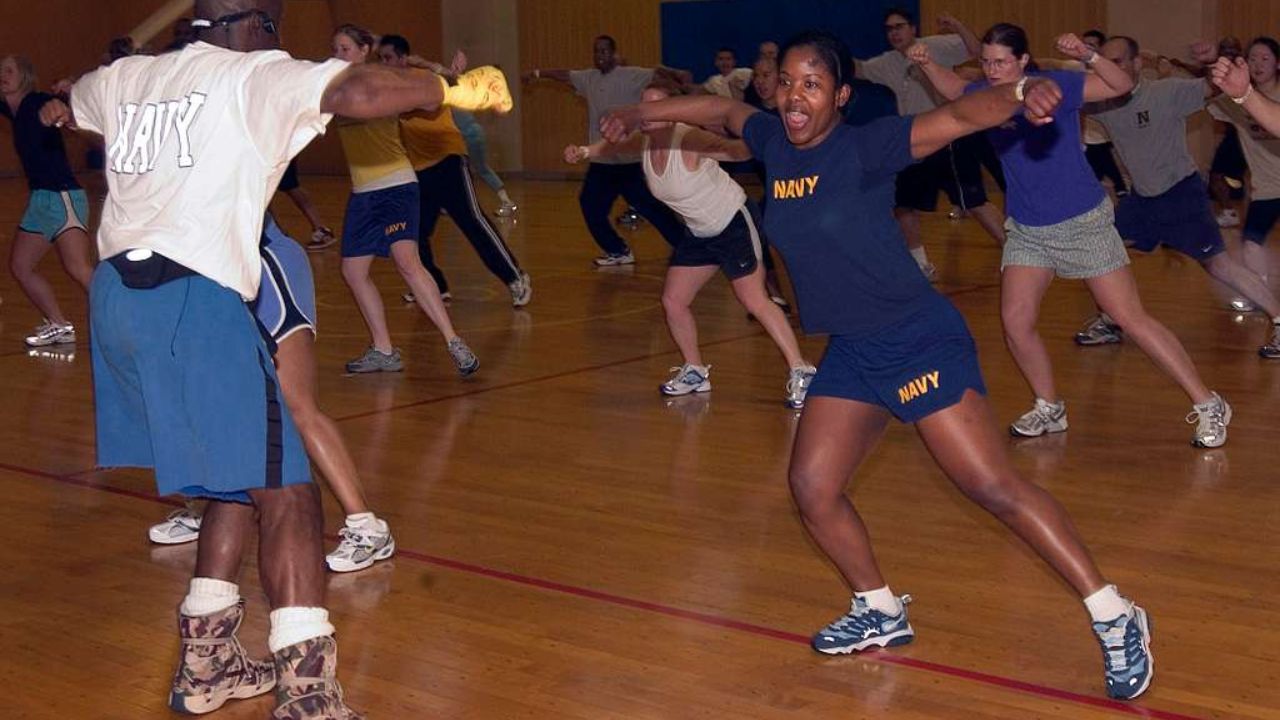
Faster reaction times: Mobility training helps athletes develop better body awareness and proprioception, enabling them to react quickly and effectively to changing situations.
Improved overall performance: By optimizing movement patterns and increasing efficiency, mobility training can significantly enhance an athlete's overall performance, leading to improved speed and agility.
Incorporating mobility training into an athlete's routine can have a profound impact on their speed, agility, and overall performance. It is essential to consult with a professional coach or trainer to design a tailored mobility program that meets individual needs and goals.
Taking Your Mobility Training to the Next Level: Advanced Drills and Challenges
How can athletes elevate their mobility training to the next level and overcome new challenges?
Advanced mobility challenges and advanced joint mobility techniques can help athletes push their boundaries and achieve peak performance. In order to take mobility training to the next level, athletes should focus on incorporating more complex movements and exercises that target specific muscle groups and joints.
This can include exercises such as pistol squats, single-leg deadlifts, and rotational lunges. Additionally, incorporating advanced joint mobility techniques such as PNF stretching and myofascial release can help athletes improve their range of motion and prevent injuries.
It is important for athletes to constantly challenge themselves and seek new ways to improve their mobility in order to excel in their respective sports. By incorporating advanced mobility challenges and techniques into their training regimen, athletes can unlock their full potential and reach new heights of performance.
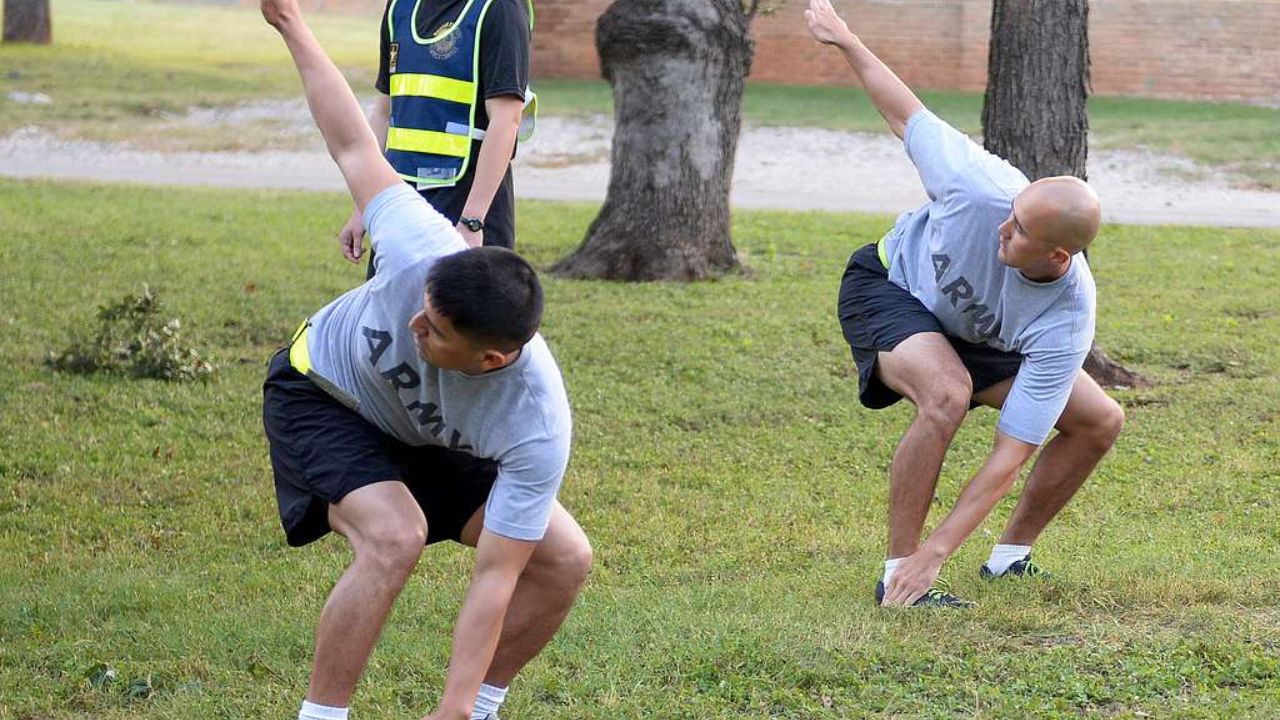
Frequently Asked Questions
Are There Any Risks or Potential Drawbacks to Mobility Training for Elite Athletes?
There are potential risks and drawbacks to mobility training for elite athletes. These include the risk of overtraining and injury, the need for proper nutrition and recovery, the importance of professional guidance, and the time it takes to see results.
How Long Does It Typically Take to See Results From Mobility Training?
The effectiveness and benefits of mobility training can vary depending on individual factors such as current mobility levels and consistency of training. Generally, noticeable improvements can be seen within a few weeks to several months of regular mobility training.
Can Mobility Training Help With Recovery From Common Athletic Injuries Such as Sprains or Strains?
Mobility training can be beneficial for recovery from common athletic injuries such as sprains or strains. By improving joint range of motion and flexibility, it aids in rehabilitation and injury prevention, allowing athletes to return to their sport with reduced risk of re-injury.
Is It Necessary for Elite Athletes to Work With a Professional Trainer or Coach for Effective Mobility Training?
Professional guidance is essential for effective mobility training in elite athletes. While a self-directed approach may be possible, working with a professional trainer or coach provides expertise, personalized programming, and accountability to optimize performance and prevent injuries.
Are There Any Specific Dietary or Nutritional Considerations That Can Enhance the Effectiveness of Mobility Training for Elite Athletes?
Dietary considerations and nutritional enhancements can play a significant role in enhancing the effectiveness of mobility training for elite athletes. Research supports the importance of proper nutrition to optimize performance and recovery, making it a crucial aspect of elite athletic performance.
Conclusion
In conclusion, advanced mobility training is crucial for elite athletes to improve their performance, prevent injuries, and enhance their overall athletic abilities.
By incorporating dynamic warm-up exercises, utilizing cutting-edge tools and equipment, implementing advanced techniques for joint mobility, and tailoring training to specific sports and movements, athletes can unlock the power of flexibility, improve speed and agility, and take their mobility training to the next level.

This research-driven approach to mobility training is essential for athletes striving for excellence in their respective sports.
 Mobility trainingHome Fitness RecoverySports Injury PreventionPersonal Physical TherapyOrthopedic SolutionsPrivacy PolicyTerms And Conditions
Mobility trainingHome Fitness RecoverySports Injury PreventionPersonal Physical TherapyOrthopedic SolutionsPrivacy PolicyTerms And Conditions
